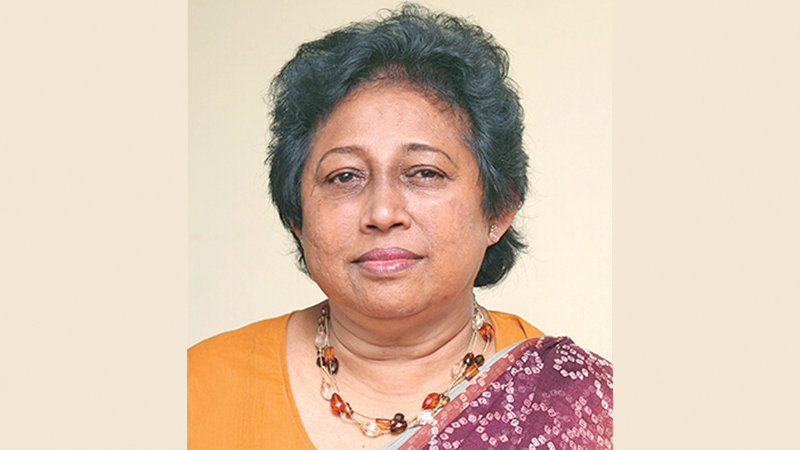In the past two decades, the labour force and the number of employed in Sri Lanka have shown steady growth, but the overall labour force participation and employment rates have reduced said an expert in the construction industry and the role of women in the workforce.
“Low labour force participation can be attributed to demographic changes, mainly the reduction of 70 percent of Sri Lankan married women with at least one child under five are not in the labour market and spend their time in housework,” said Emeritus Professor and Chartered Architect and Chartered Quantity Surveyor Chitra Weddikkara.
According to her, for urban mothers with at least one child under the age of five, this rate is about 75 percent, and for rural mothers it is 71 percent. This is also clear in the reasons cited by women who are economically inactive (not in the labour force or looking for work) where the majority of women have cited housework as the reason for their inactive status.
Economic activity and participation in the labour force of youth aged 15-24 as a result of spending a longer time in full time education; working in trishaws, the fast-ageing population has also contributed to this reduction, Prof. Weddikkara said.
With regard to women she said, low rates of labour force participation, high unemployment and considerable wage disparity between the sexes, and the static concentration of female workers in the informal sector indicate that females are at a disadvantage affecting women’s labour force participation in Sri Lanka.
Citing Article 12(2) of the Constitution she said, “No citizen shall be discriminated against on the grounds of race, religion, language, caste, sex, political opinion, place of birth or any such grounds”.
Age has been excluded from the list of discriminatory factors, as age is lawfully and inherently linked with many other rights, such as the right to vote. The fundamental right to equality is not simply a latent right; the State has a proactive role to play in relation to specific groups of its citizens. Article 12(4) provides that these Constitutional provisions shall not prevent “special provision being made, by law, subordinate legislation or executive action, for the advancement of women, children or disabled persons”.
Therefore, it is important to note that participation of women in Sri Lanka’s work force today after 77 years independence is still at a disadvantage position. Sri Lanka still has a long way to go in terms of gender equality in many areas. Further Despite strong education levels, access to vocational training programs, workplace discrimination, and inflexible job structures have hindered their full inclusion.
“We have female members at the highest level of Government, however, Sri Lanka still has a long way to go in terms of gender equality in many areas. Further Despite strong education levels, cultural norms, workplace discrimination, and inflexible job structures have hindered their full inclusion. Female labour force participation rate in Sri Lanka have remained low between 30–35 percent in the past two decades, which is surprising given the high educational attainment levels and other social indicators of women in the country.
“Examining the constraints, it is found that for married women and female heads of household, the constraints include cultural and status-related perceptions and attitudes about the role of married women in the household and the gender division of household and care labour within the family unit; however, even where conditions encouraged women to seek wage employment it is noted that the legal framework governing work in the private sector-imposed constraints.
“However, she said women perform much better in the professional category with 65 percent in that category being women but despite that women are still clearly at a disadvantage in breaking through the cultural norms/‘glass-ceiling’ in the areas such as insurance and banking, however these sectors have seen a marked improvement in the recent years.
“Other factors that hinder women in employment are more than one pregnancy, inability or unwillingness to participate in the organizations’ social activities due to family responsibilities, limiting their progress in their carrier paths,” Prof. Weddikara said.







